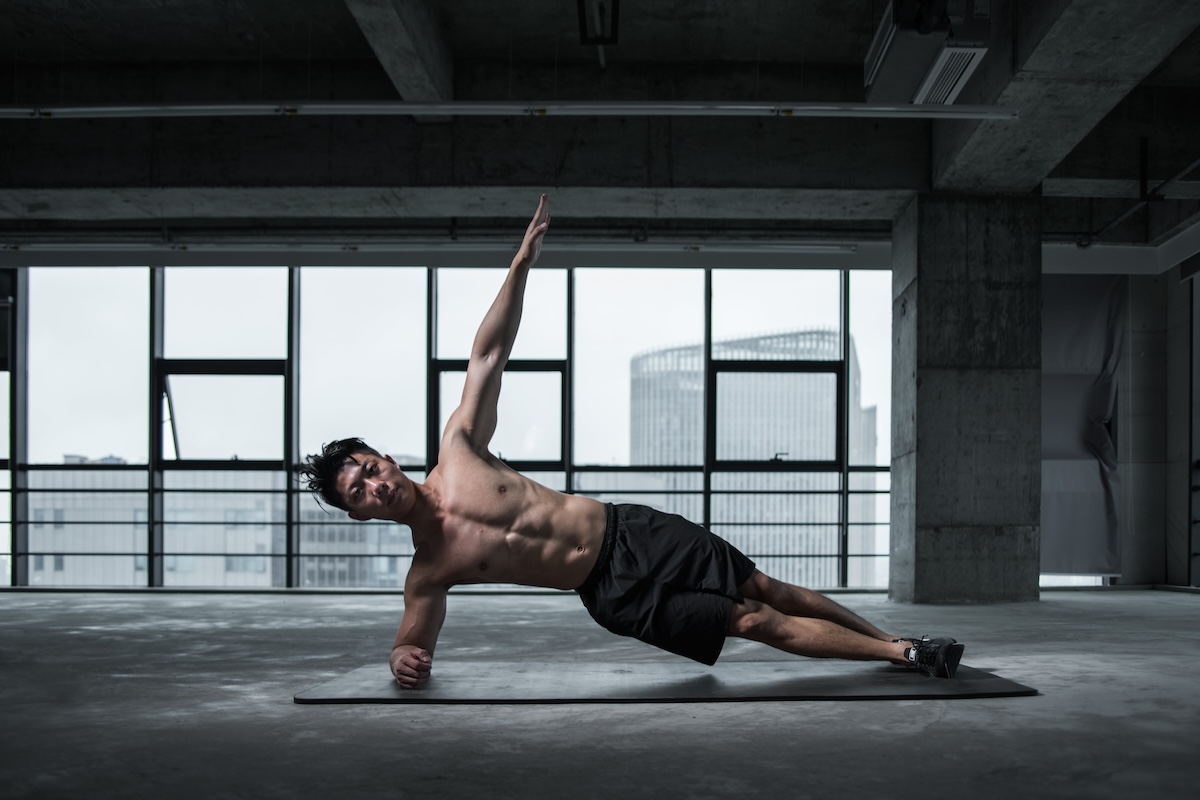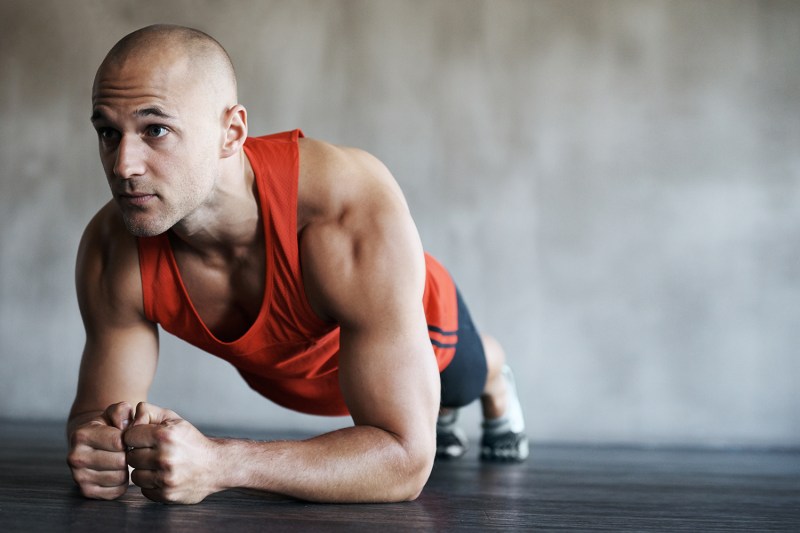Planks are a classic isometric exercise known for strengthening and toning your abs and core. You don’t need a gym membership to reap the benefits of planks, and there are different variations to explore. Planks are worth adding to your core workout routine. Here are some top tips for proper form to help you master the plank.
What is a plank?

The plank exercise is aptly named because it involves holding yourself up and parallel to the floor until your body resembles a straight plank or board. You balance on your forearms and toes and support the rest of your body up off the ground. You’re essentially holding yourself up with your arms and toes. With proper form, your head, torso, and legs are aligned, your spine is neutral, and your core muscles are engaged.
The plank is a simple, static exercise that works with gravity and muscle tension to keep you stable.
What are the benefits?

The plank strengthens your abs and core, which helps stabilize your body during your everyday activities. Today, plenty of people are sitting at a desk or lowering their heads to look down at a phone, which hunches the spine and creates poor posture. A strong core decreases the stress on your joints, reduces your risk of injury, and improves your posture.
Adding planks to your workout routine means you’ll be training multiple muscle groups at once, including your triceps, shoulders, abdominals, and glutes. Plus, there’s no need for a gym membership or equipment.
What muscles does the plank work?

The plank works most of your body and engages multiple muscle groups simultaneously, including your quads, glutes, abs, triceps, shoulders, back, and even the little muscles in your toes. You can hit your entire core with planks, from the obliques to the lower rectus abdominis core muscles at the front of your pelvis.
How to perform a plank

Here’s how to perform a plank:
- Start on the ground with your elbows stacked directly under your shoulders.
- Straighten your legs out behind you and rest your weight on your forearms and toes.
- Engage your glutes and core and create tension in your entire body to maintain the position.
- Your spine and back should form a straight line that is almost parallel to the floor.
- Hold the position for 10-60 seconds before bringing your knees to the floor to rest.
- Repeat for your desired number of repetitions.
According to interesting research from Linfield College, the average duration of holding the plank pose is just under 2 minutes for men and 90 seconds for women. If you’re a beginner, you should always start with shorter durations and work your way up over time.
Plank variations

You can try different versions of the plank exercise to make it more or less challenging. Here are some examples of plank variations:
- The side plank is one of the most popular plank variations. You start lying on your side and lift up to support your body weight with your right forearm anchored on the ground. Repeat on the other side.
- The shoulder tap plank involves intermittently reaching up with one of your hands to touch the opposite shoulder while preventing your hips and torso from dipping down.
- You could try a single leg plank where you lift one leg intermittently and hold the position for 10-20 seconds.
- An incline plank involves resting your forearms or palms on a step, bench, or other flat, elevated surface. Your elbows should still be directly under your shoulders, and your body should form a straight line on a diagonal.
Most common mistakes

Without proper form, you won’t get the full benefits of this exercise, and your risk of injury will increase. Here are some of the most common mistakes people make when doing the plank:
- Arching your back
- Allowing your hips to drop down
- Not engaging your core
- Looking up and straining your neck
When performing the plank, your entire body should be engaged to keep you in a stable position.
Safety precautions

You should avoid planks if you have a shoulder injury or if you feel shoulder pain while holding the position. It might be best to try a variation, such as a side plank or an incline plank instead. If you’re unsure, talk to your physical therapist or doctor to determine if planks are a suitable option for you.
FAQs and top tips

Here are some top tips to perfect your plank form:
- Focus your gaze down and try to ensure your neck is in a more neutral position.
- Try to make sure your abs are engaged throughout and focus on forming a straight line from your head to your heels.
- Try using an exercise mat or a yoga mat to add more padding under your forearms and toes.
How long should a beginner hold a plank?

If you’re a beginner, you should aim to maintain the plank position for 10 to 30 seconds. Aim for three reps and take a break of around 20 seconds in between each rep. It’s best to perfect your form before moving on to longer durations.
How many planks should I do a day?

If you’re a beginner, you should start with one or two planks a day. Over time, you can work your way up to performing three to ten planks a day to obtain the most benefit. The right number of planks you should do depends on the individual and several factors, such as your fitness level and general health.
Do planks melt belly fat?

Planks can certainly help tone and tighten your abs. Even so, losing abdominal fat requires a more multifaceted approach involving nutrition, calories, and regular exercise. Weight loss and body fat composition are more complex than just one exercise alone. However, a static plank can help you along the way by burning up calories and boosting muscle mass in your abdominal area.
What is a plank good for?

Planks are good for working most muscle groups simultaneously and for strengthening and toning your abs and core. This isometric exercise builds muscle and endurance and helps you improve balance and posture. Plus, no exercise equipment or gym is required.




